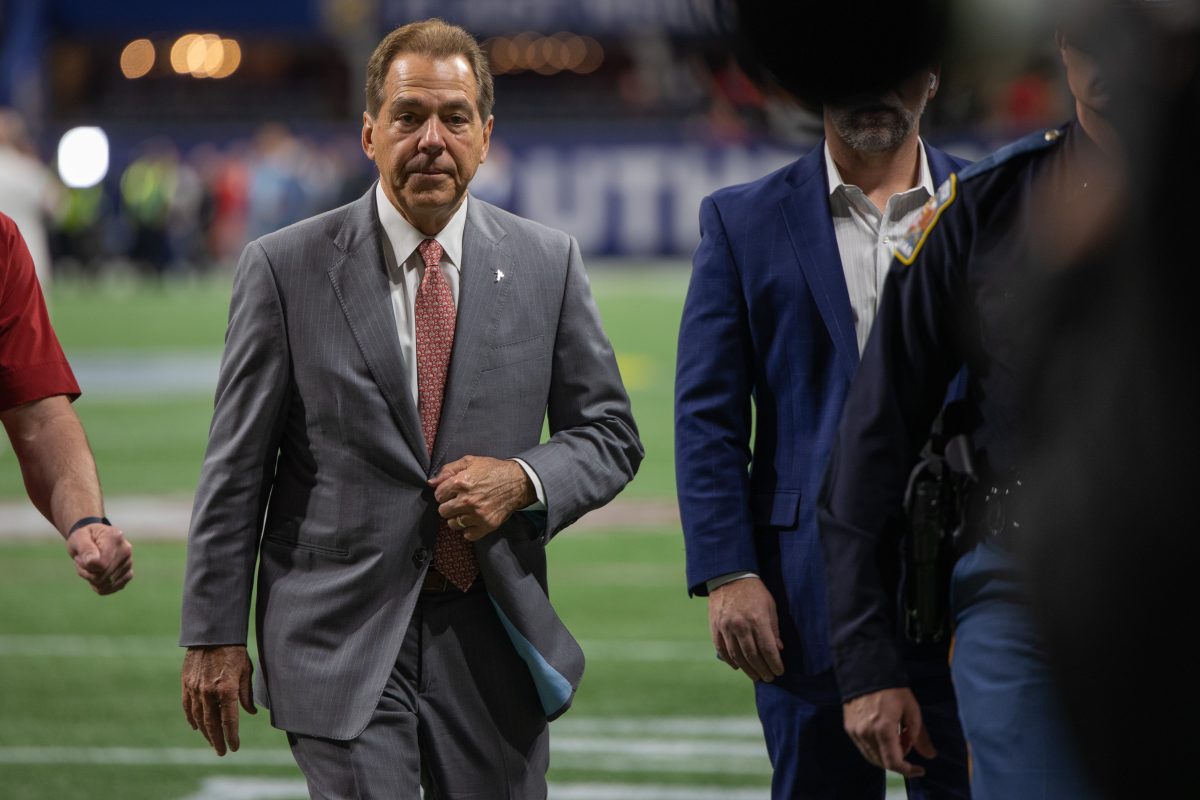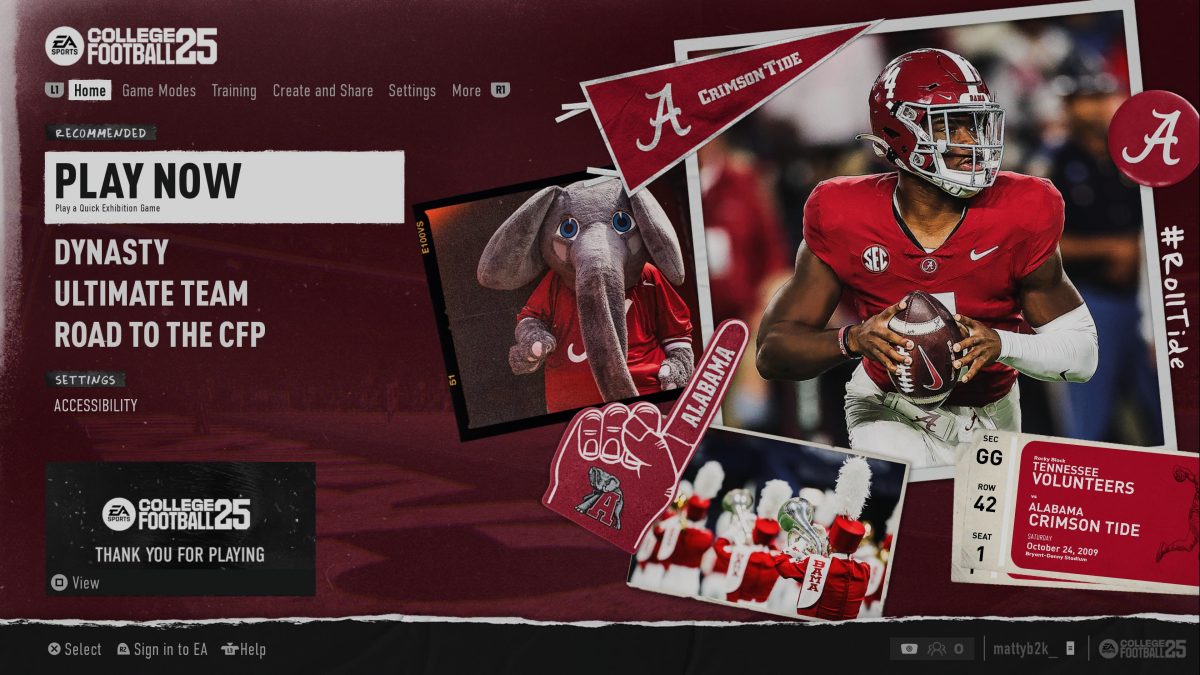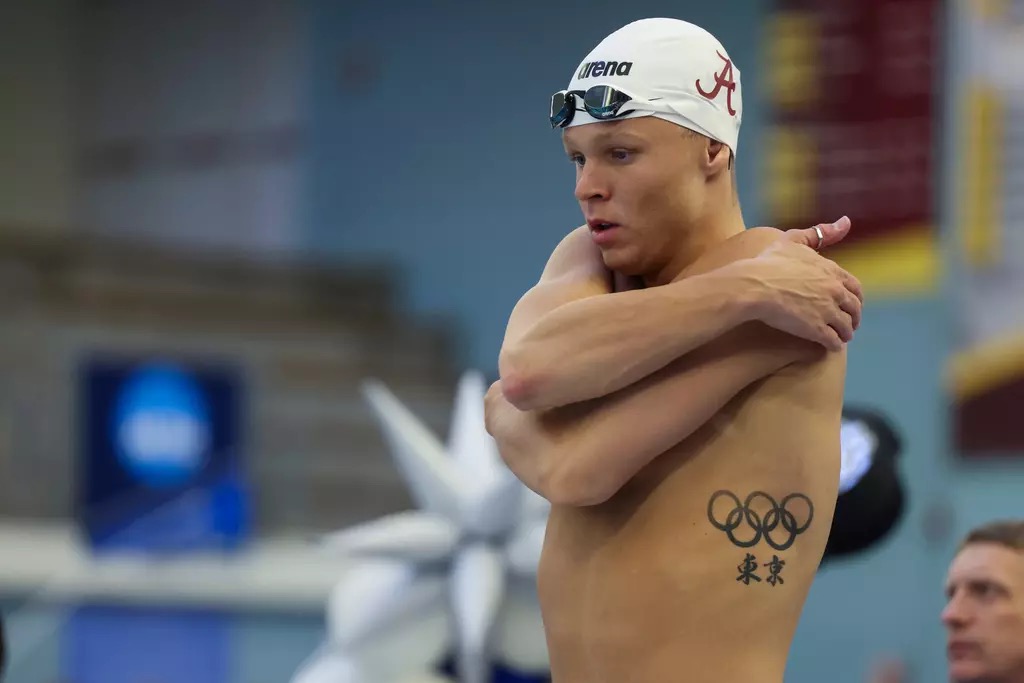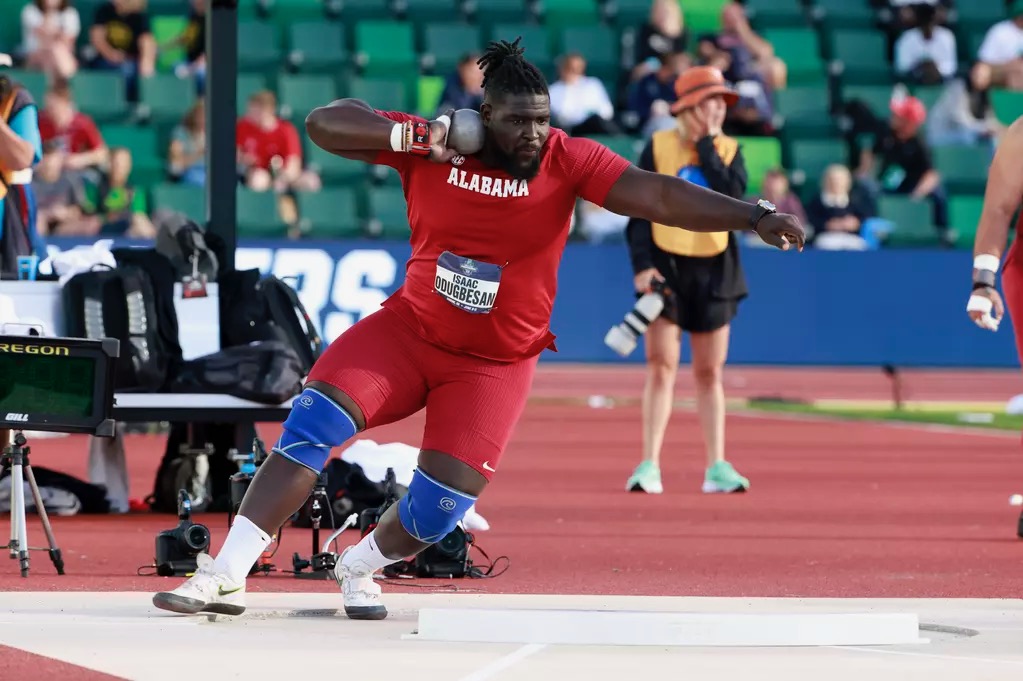Although the University of Alabama leads the way in programs like Adapted Athletics, which allow students who use wheelchairs the opportunity to play sports, some students with disabilities say campus and off-campus areas like the Strip still present them with accessibility challenges.
Campus accessibility
Maddie Daniell, a freshman majoring in human development, has a neurological and a genetic disorder that requires her to use a power wheelchair. Even though the crosswalk buttons technically meet Americans with Disabilities Act regulations, Daniell said she can’t push the button at crosswalks because they are too high for her to reach from her wheelchair.
“You just have to sit and wait for an able-bodied person to push the button for you,” Daniell said.
Toni Nelson, a junior on the wheelchair tennis team majoring in criminal justice, also said she tends to wait for someone else to push the crosswalk buttons due to difficulties reaching them. She said certain wheelchairs are not made to go over the grassy areas where crosswalk poles are located and users may get stuck.
Daniell said the biggest problem on campus is the cracked sidewalks, which are painful to go over. Additionally, she said many sidewalks and ramps on campus are inaccessible because they are too steep for her power chair to go over and could cause it to tip.
“Able-bodied students can take a path that I just can’t,” Daniell said.
Daniell said she can’t ride buses on campus since her wheelchair doesn’t have tie-downs, or straps that connect the chair to a vehicle so the chair doesn’t move.
“They’ll let you ride the bus, but it’s not safe and you’re gonna slide around,” Daniell said. “It’s a danger to yourself and other people.”
Both Nelson and Daniell said they have had issues with elevators not working.
“There’s one in ten Hoor that tends to always be broken,” Nelson said. “Thankfully, the teacher I had let it go when I couldn’t go to class.”
Daniell said she also experienced an issue with an elevator in the Math and Science Education Building that took 45 minutes to get fixed, leaving her stuck on the second floor of the building.
“I had to take a test right after that, which I was almost late for,” Daniell said. “It took a lot of calls and the Office of Disability handled it, but it’s something that shouldn’t have happened.”
Although campus buildings have automated doors that meet ADA requirements, Nelson said sometimes the ones at Farrah Hall are locked.
There is an ADA assistance phone number listed on these doors; however, Nelson said she just waits for someone to let her inside.
Daniell and Nelson have both received accommodations from the Office of Disability Services. Although Daniell has a specific ODS employee she can call or text, she said that she has still encountered issues such as push buttons that don’t always work when trying to open doors and able-bodied students parking in handicap parking spaces.
ODS is the University’s program that helps meet with and plan reasonable accommodations for students with disabilities.
Vanessa Goepel, executive director of ODS, wrote in an email that students with disabilities that are impacting their academics can contact the office by completing an online application, providing documentation of their disability and meeting with an accommodation specialist to have an individualized assessment.
Goepel said ODS provides students with disabilities alternative formats for testing, communication access and classroom access.
“ODS regularly evaluates our approach to academic accommodations in order to ensure educational access while prioritizing student autonomy,” Goepel wrote. “The national trends are towards use of adaptive and assistive technologies to provide accommodation and supporting all learning styles through Universal Design for Learning (UDL).”
Although students have concerns about general accessibility issues, the University leads the way in accessible athletics facilities.
Margaret Stran, associate director of Adapted Athletics, wrote in an email that the University was the first college to open a facility designed for adapted athletics in January 2018. She said the University also opened the first collegiate wheelchair tennis facility in October 2021.
“UA is the leader in adapted sports in the United States and is the only university that has two facilities for [its] athletes, both of which were designed for students with ambulatory disabilities,” Stran said.
Stran said all campus facilities are wheelchair accessible and meet the Rehabilitation Act and the ADA.
Alex House, UA assistant director of communications, wrote in an email that the University strives to act in compliance with local, federal and state requirements when it comes to campus accessibility for all students.
“Students or employees who may encounter accessibility challenges are encouraged to report any issues using resources listed on the Office of Disability Services website, by calling the ADA Hotline at 205-348-5882 or sending an email to [email protected],” House wrote.
Both Nelson and Daniell said they didn’t know where or to whom to file complaints about problems they have faced.
House also said the University works with the city of Tuscaloosa to ensure areas off campus are also accessible, including the Strip.
The Strip
Daniell said there is a lack of sidewalk space on the Strip, which causes her to put herself and others in danger by riding in the road.
Nelson said she uses a walker or wheelchair due to cerebral palsy. She said the sidewalks on the Strip are small, so she also tends to ride in the street.
Nelson said she’s had a friend walk beside her and watch for cars while she used the road on the Strip near the Union on Frank apartments since the sidewalks are not big enough for a wheelchair or walker.
Mallory Hatchett, a 2023 UA graduate who received ODS accommodations as a student, said she struggled to get around campus after she developed postural orthostatic tachycardia syndrome, or POTS, in 2020, which causes her to experience dizziness and makes it harder to walk long distances.
Hatchett said she is against the way parking functions on the Strip. Publix only allows its customers to park in its parking lot, which includes a few of the only handicap parking spaces available on the Strip.
“We all understand like we’re constantly forgotten about, but I think it’s really aggravating when Alabama likes to say that the campus and the Strip and everything is accessible and it’s not,” Hatchett said.
Lee Busby, a member of the Tuscaloosa City Council, reevaluated the areas students called into question on the Strip along University Boulevard, Union on Frank apartments and Here Tuscaloosa apartments.
Busby wrote in an email that the City has given $400,000-$500,000 to help fund UA projects within the last 18 months, including those designed to create accessibility improvements.
According to the U.S. Department of Transportation, crosswalk push buttons should be placed no higher than 3.5 feet above the sidewalk, a minimum of 2.5 feet from the curb and 5 feet from the crosswalk.
Busby found that the crosswalk button on the northeast corner of University Boulevard by the Strip’s Whataburger is 4 inches higher than the other crosswalk buttons at this intersection due to a cross slope in the sidewalk.
“I am asking that that issue be reassessed for ADA compliance and common sense functionality,” Busby wrote.
Moving forward
Hatchett said she wants the University to take more action to listen to the suggestions of students with disabilities on how to increase accessibility.
“I would like them to host meetings with people that are disabled … and ask them specifically, like, ‘What do you think we could do to improve our campus?’” Hatchett said.
Stran is a member of the ADA Deferred Maintenance Committee and works with the University on its master plan.
“Work on the master plan also includes UA students with ambulatory disabilities assessing and providing feedback on accessibility across campus via an interactive app,” Stran said in her email













